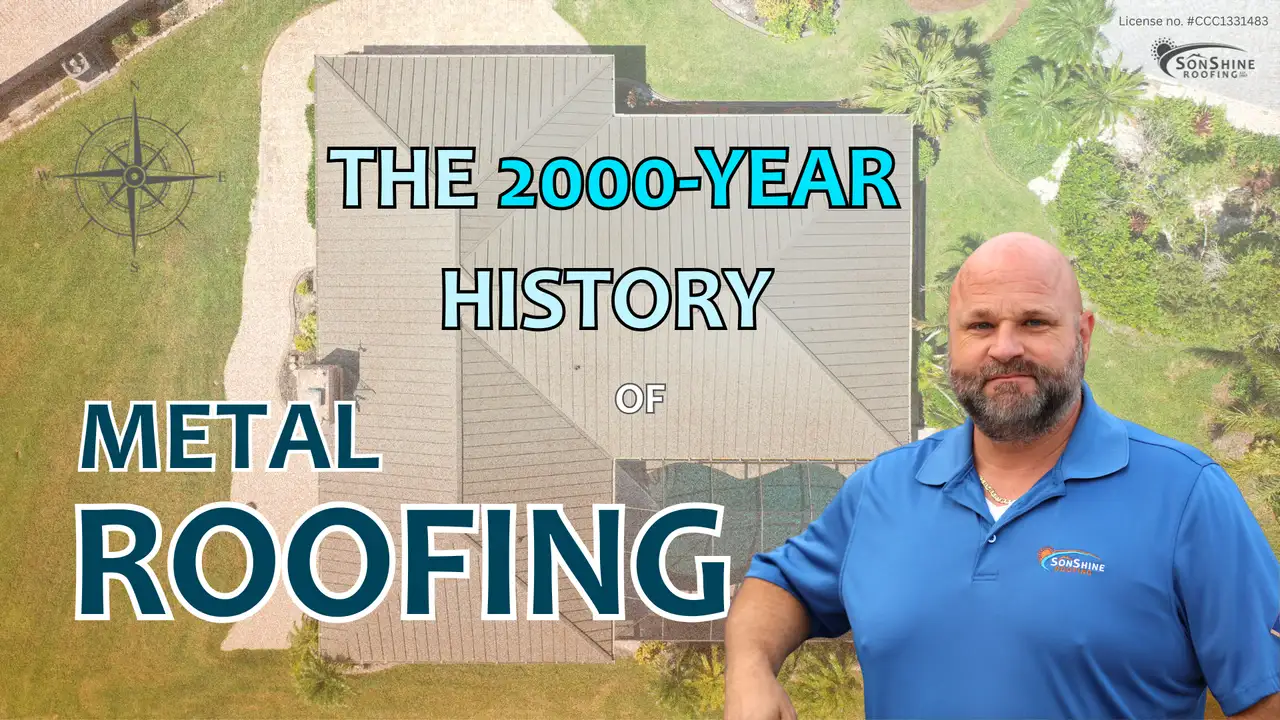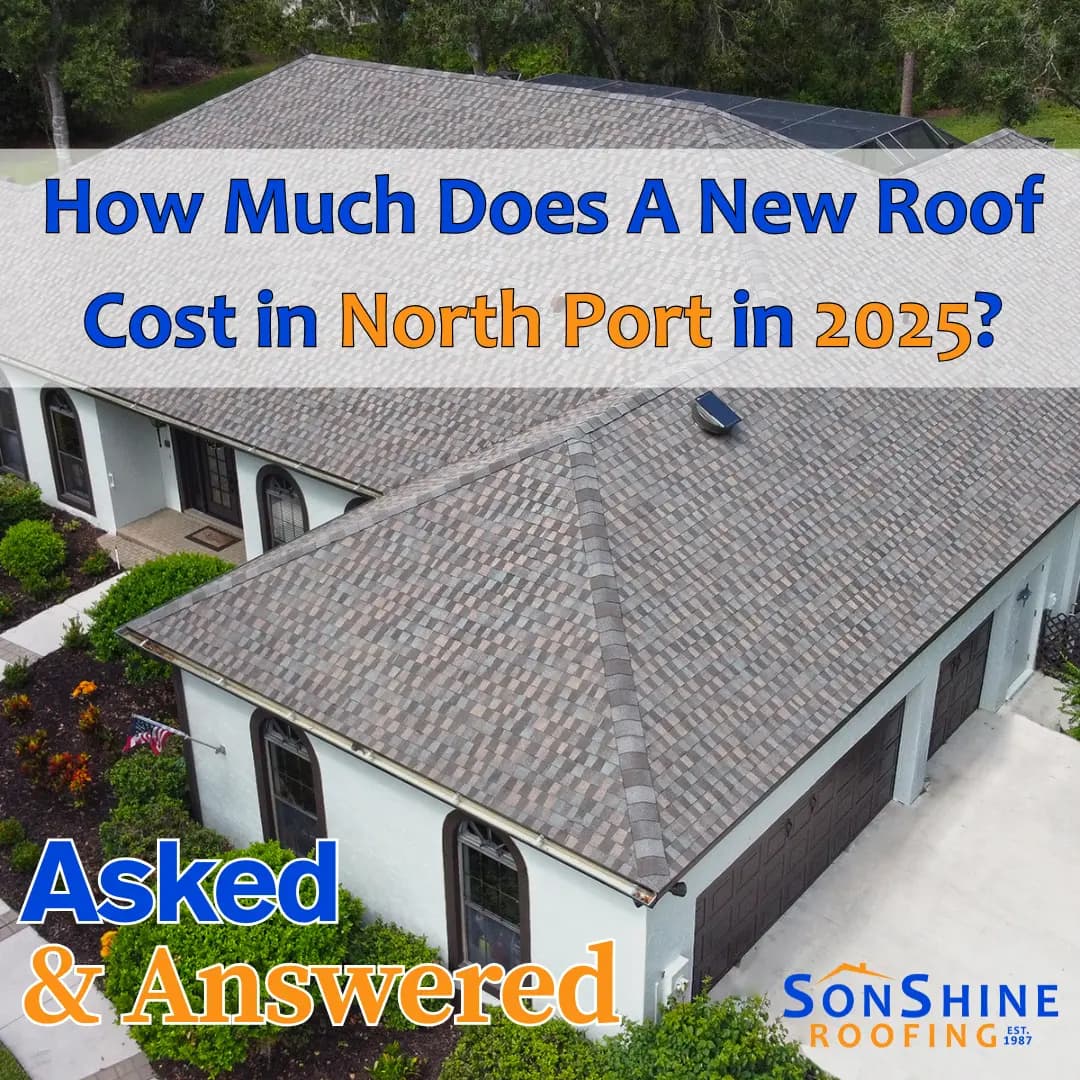A roof is an investment, not a line item. In Southwest Florida—Sarasota, Manatee, and Charlotte counties—concrete tile earns its keep through longevity, storm performance, energy efficiency, and curb appeal. The upfront cost can be higher than asphalt, but the long game often looks better on the spreadsheet and in your day-to-day comfort.
Lifespan and Total Cost of Ownership
Concrete tile is built for decades of service. The tiles themselves can last far longer than the waterproofing layers beneath them. That’s a good thing: when the underlayment ages out, you can typically re-use the existing tiles and focus your spend where it matters—new high-quality underlayment and flashings. That second lifecycle dramatically improves the math over time.
Want a deeper dive on durability? Check out our guide on longevity:
Related: How Long Does a Roof Last
Storm Performance in a Hurricane-Prone Market
Southwest Florida homes face wind, rain, and wind-driven rain. Properly installed and fastened concrete tile performs well under those conditions, especially with upgraded hip and ridge details and attention to penetrations. The result is fewer emergency repairs and a more predictable maintenance budget over the years.
Pro tip: schedule a pre-season check to spot small issues before they become interior leaks.
Related: Pre-Storm Roof Inspection
Energy and Comfort
Tile has thermal mass and creates natural airflow pathways that help heat escape the roof deck. Pair that with a light or reflective color and balanced attic ventilation, and you’ll see improved comfort and potentially lower cooling demand during our long summers.
Curious about heat-smart upgrades?
Related: Energy-Efficient Roofing Options for Florida Homes
Maintenance, Repairs, and Cleaning
Day to day, concrete tile is low drama. Individual broken pieces can be swapped. The bigger priority is protecting the underlayment, keeping flashings tight, and avoiding cleaning methods that shorten roof life. Skip aggressive pressure washing; use gentle, approved methods and keep nearby trees trimmed.
Need cleaning guidelines that won’t void warranties or invite leaks?
Related: How to Clean Your Roof
Insurance and Risk Management
Insurance markets change, but one constant is that well-documented, well-maintained roofs tend to do better after storms. Keep a photo log, schedule routine inspections, and save repair records. If you’re comparing materials, ask your agent how concrete tile and specific underlayment upgrades are viewed in your policy. Even when premium credits aren’t available, resilience reduces surprise expenses and downtime.
For a quick health check that supports your documentation, start here:
Related: Roof Inspection & Service
Resale Value and Curb Appeal
In many Southwest Florida neighborhoods, tile is the look buyers expect. A clean, well-detailed tile roof sharpens the front elevation and signals “low-maintenance home” to future buyers. That can shorten time on market and support stronger offers—benefits that don’t show on year-one spreadsheets but matter when it’s time to move.
Browse local examples and see what’s possible:
Related: Project Gallery
When Tile Might Not Be the Best Fit
It’s honest to note the exceptions. If the structure can’t carry tile weight without upgrades, or the near-term budget is tight, an enhanced shingle system may make more sense. A quick assessment will tell you what the framing can support and whether a phased plan is smarter.
How to Maximize ROI with Concrete Tile
- Choose high-quality, modern underlayment and flashings.
- Specify stainless or hot-dipped galvanized fasteners.
- Use light or reflective tile colors where HOA rules allow.
- Add balanced attic ventilation for cooler summers.
- Schedule inspections every 2–3 years and after major storms.
- Protect the system during other trades’ work by using proper walk paths.
- Document everything with photos and save repair invoices.
Bottom line: In Southwest Florida, a concrete tile roof is a long-horizon investment. It stretches replacement cycles, handles storms with fewer surprises, keeps interiors more comfortable, and boosts curb appeal. When you factor in re-using tiles at the underlayment refresh, the lifetime value story gets even better.
Ready for a straightforward tile roof assessment? Contact SonShine Roofing and we’ll give you a clear plan—costs, options, and timelines—so you can make a smart, confident decision. Since 1987 we’ve got you covered.













